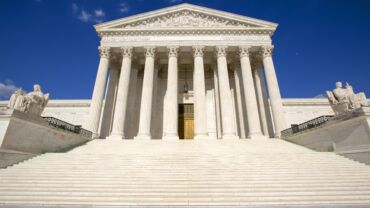On October 16, 2018, Ireland Revenue issued Tax and Duty Manual Part 29-03-01: Guidance Notes on the Knowledge Development Box (KDB). See Chapter 5 of Part 29 of the Taxes Consolidation Act 1997 and BEPS Action 5.
Ireland introduced the KDB in Finance Act 2015 for the taxation of income from patents, copyrighted software, and other IP that is similar to a patented invention. The KDB applies only to companies that carried out the R&D that led to the creation of the patent, copyrighted software, or IP equivalent to a patentable invention. Marketing IP, such as trademarks, brands, image rights, and other IP used to market goods or services cannot be a qualifying asset.
Companies that qualify for the KDB are allowed a deduction equal to 50% of its qualifying profits (i.e., profits arising from patents, copyrighted software, and IP equivalent to a patentable invention are taxed at 6.25%). Qualifying profits are profits after capital allowances, but before relief for trading losses. According to the Guidance Notes, the location of the ownership of IP is not a factor impacting the availability of the KDB. An irrevocable election for KDB relief must be made once for each qualifying asset.
The Guidance Notes include definitions for the nexus and modified nexus approaches. The nexus approach creates a link between R&D expenditure incurred by a company and the income resulting from that expenditure by that company. The modified nexus approach allows for an uplift expenditure to account for the cost of developing a qualifying asset, which was acquired or outsourced to related parties. Qualifying expenditure is defined as R&D expenditure, which leads to the creation, development, or improvement of a qualifying asset.
Companies are required to have records documenting the following:
- Type of asset.
- Whether the asset is a qualifying asset.
- Whether all acquisition costs and group outsourcing costs are identified.
- List of profits arising from the qualifying asset.
- Whether the profits of the specified trade correctly include all relevant expenses, which they would include if the trade were carried on by a separate company.
- Demonstration that the company tracked the three components of the modified nexus fraction (i.e., qualifying expenditure, overall income, overall expenditure), and how these components are linked to the qualifying asset.
According to the Guidance Notes, large companies (i.e., at least 250 employees, annual turnover exceeding €50 million, or balance sheet total exceeding €43 million) are subject to specific transfer pricing rules on their trading transactions. Documentation supporting apportionment or market value requirements with respect to a claim for relief under the KDB must align with OECD transfer pricing guidance. See BEPS Actions 8-10.
Click here for more information on our BEPS research and technology solutions to address your immediate and ongoing needs.






